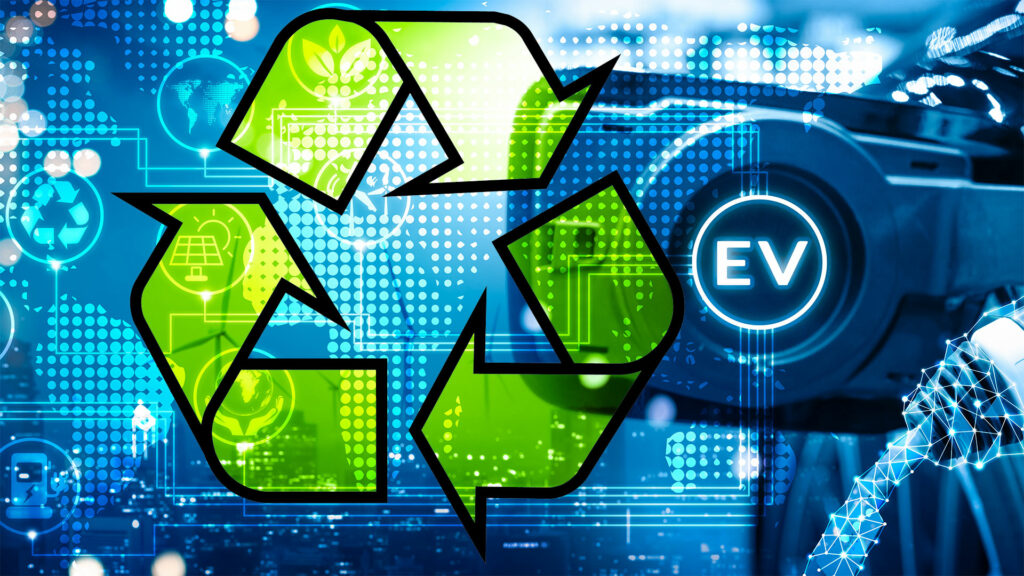The recruitment of 200 Stellantis specialists has begun as the company prepares to open its Circular Economy Hub in Mirafiori, Italy. Hailed by CEO Carlos Tavares as a key part of the company’s plan to achieve Net Zero by 2038, the company is looking to revolutionise its thinking about how previously-used materials are treated – turning waste into efficiency and, ultimately, profit. What is the plan, is it likely to succeed and will other car makers follow suit?
The industrial revolution was all about moving away from the work of individual artisans, in favour of processes that can easily be ramped up and replicated. The arrow linking raw materials to a product being retired to a scrap heap, was only pointing in one direction.
So what if you maintain that production cycle, but introduce some key changes?
Back in September, Tavares announced a new three-part plan that would deliver a ‘Four R’ strategy:-
- Remanufacturing
- Repairing
- Reusing
- Recycling
The key activities include:-
Parts Remanufacturing
Where used, worn or defective components are disassembled, cleaned and remanufactured according to OEM specifications – so they have same performance and warranty as original spare parts, in a convenient way without compromising quality.
The goal is to extend the life of parts (engines, gearbox, high voltage batteries) and offer a sustainable and accessible alternative (under the SUSTAINera label) within the Stellantis spare parts offer
Vehicle Reconditioning
This is achieved with a combination of repairing and remanufacturing, to reintroduce vehicles to the second-hand market
Vehicle Dismantling
At the end of a car's lifecycle, completing the trio of techniques. The vehicle becomes a precious resource both for the recovery of original components in good condition (to be reintroduced into the SUSTAINera offer of Reuse spare parts) and for the recovery of materials for recycling (Recycle) to return into the material production loop
Everything the company is working on in this area, was outlined at the Dare Forward 2030 presentation a year ago. The general aim is to take a more ‘360 degree’ approach to product creation – ending the historically wasteful journey from ‘Take-to-Make-to-Dispose’.
Right now, Stellantis is in the process of internally recruiting its initial team of 200 people. There will be a further increase in employment at the huge Mirafiori plant (below), as the Circular Economy Hub ramps up.
If only one product line used this approach, the impact could be significant, but the results could be massive when you consider how many brands Stellantis has to work with, including: Abarth, Alfa Romeo, Chrysler, Citroën, Dodge, DS Automobiles, Fiat, Jeep, Lancia, Maserati, Opel, Peugeot, Ram and Vauxhall.
Tavares believes that the Circular Economy Hub can help push revenues up by 400% while increasing recycling revenues ten-fold (compared to 2021).
With price-pressure from Far-East car makers likely to impact European markets in the near future, any advantage in cost savings/revenue/profitability should be welcomed by shareholders and environmentalists alike. It's hard to see how other major car makers can ignore this intelligent use of existing resources.
